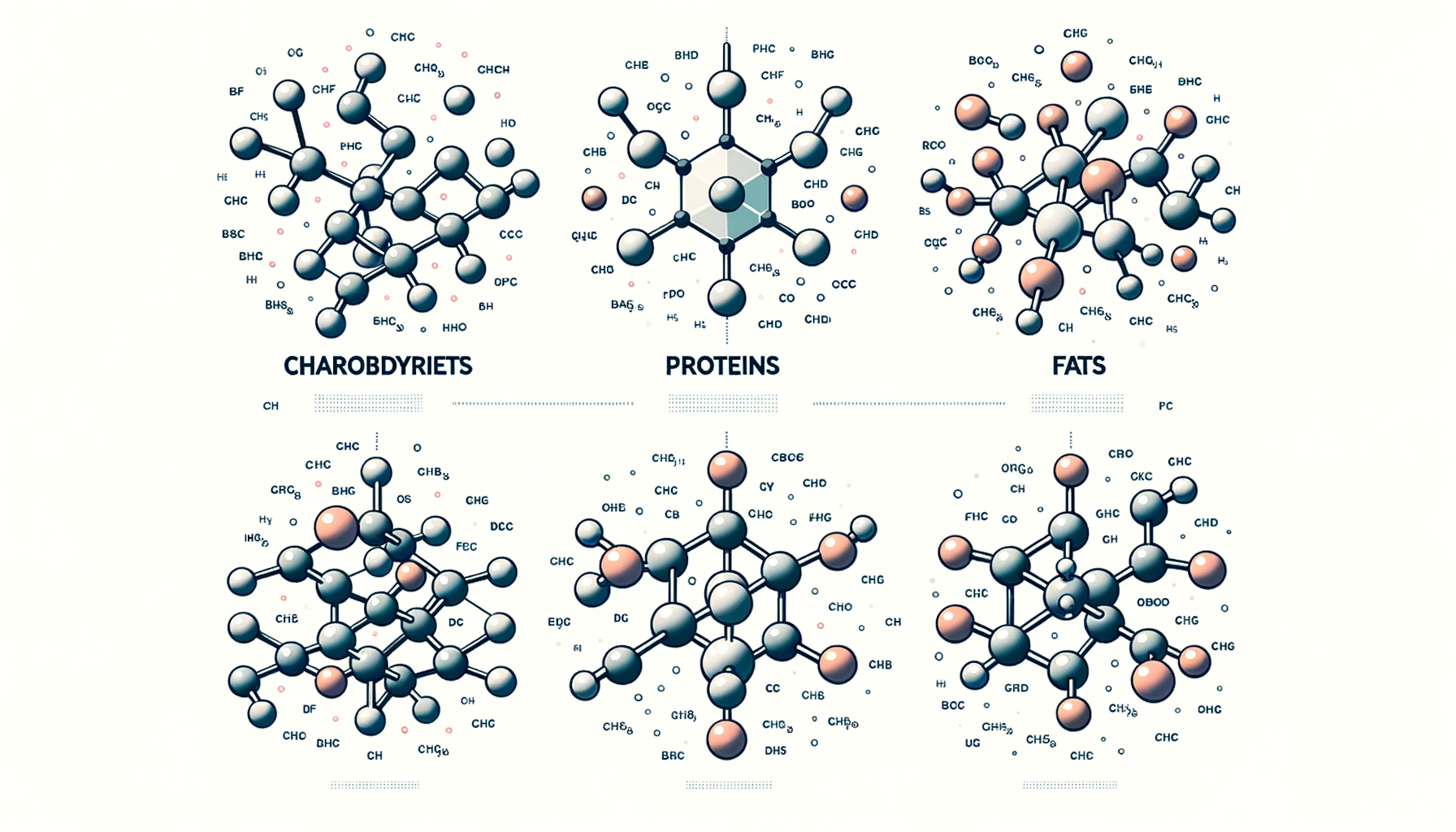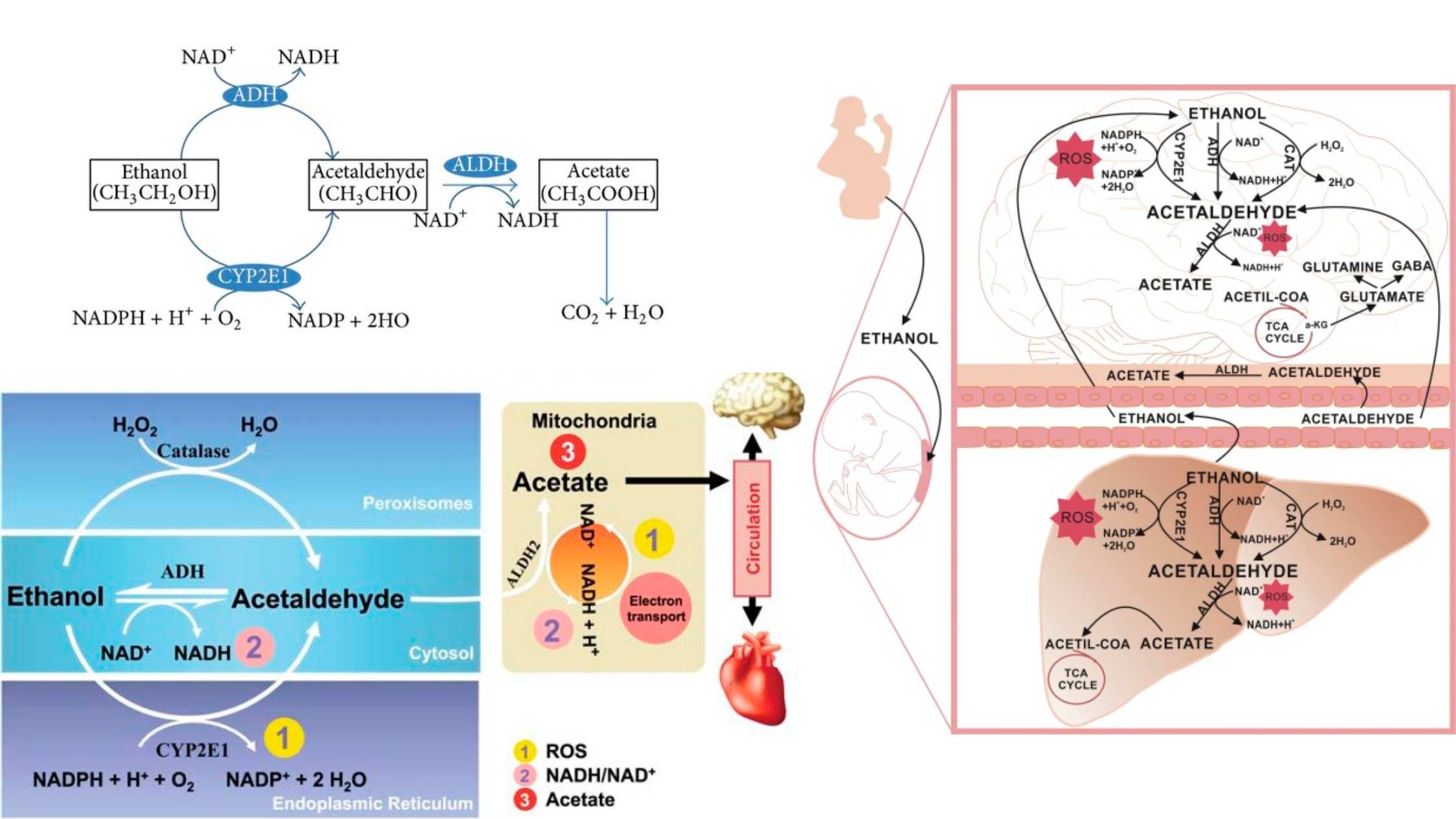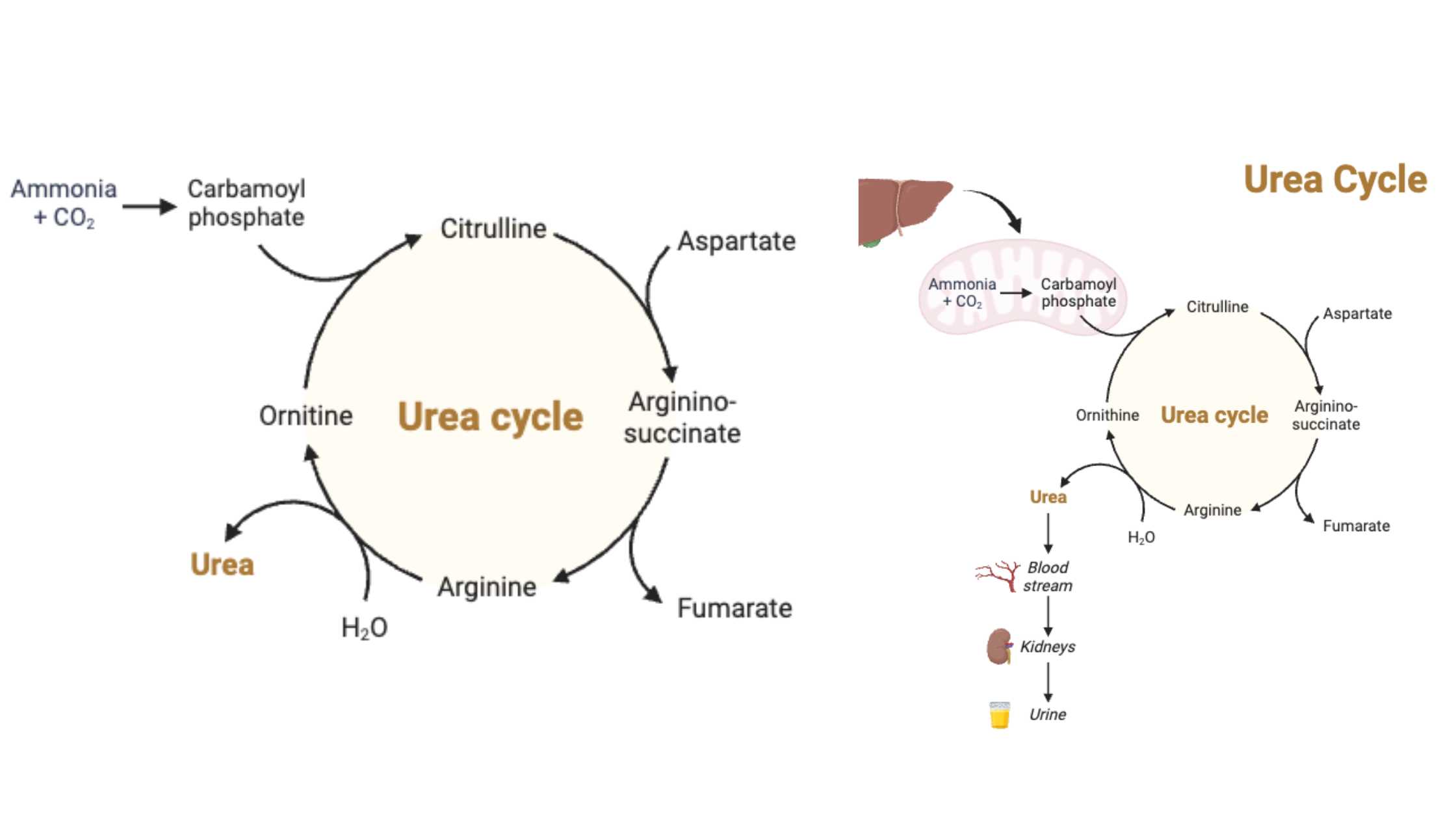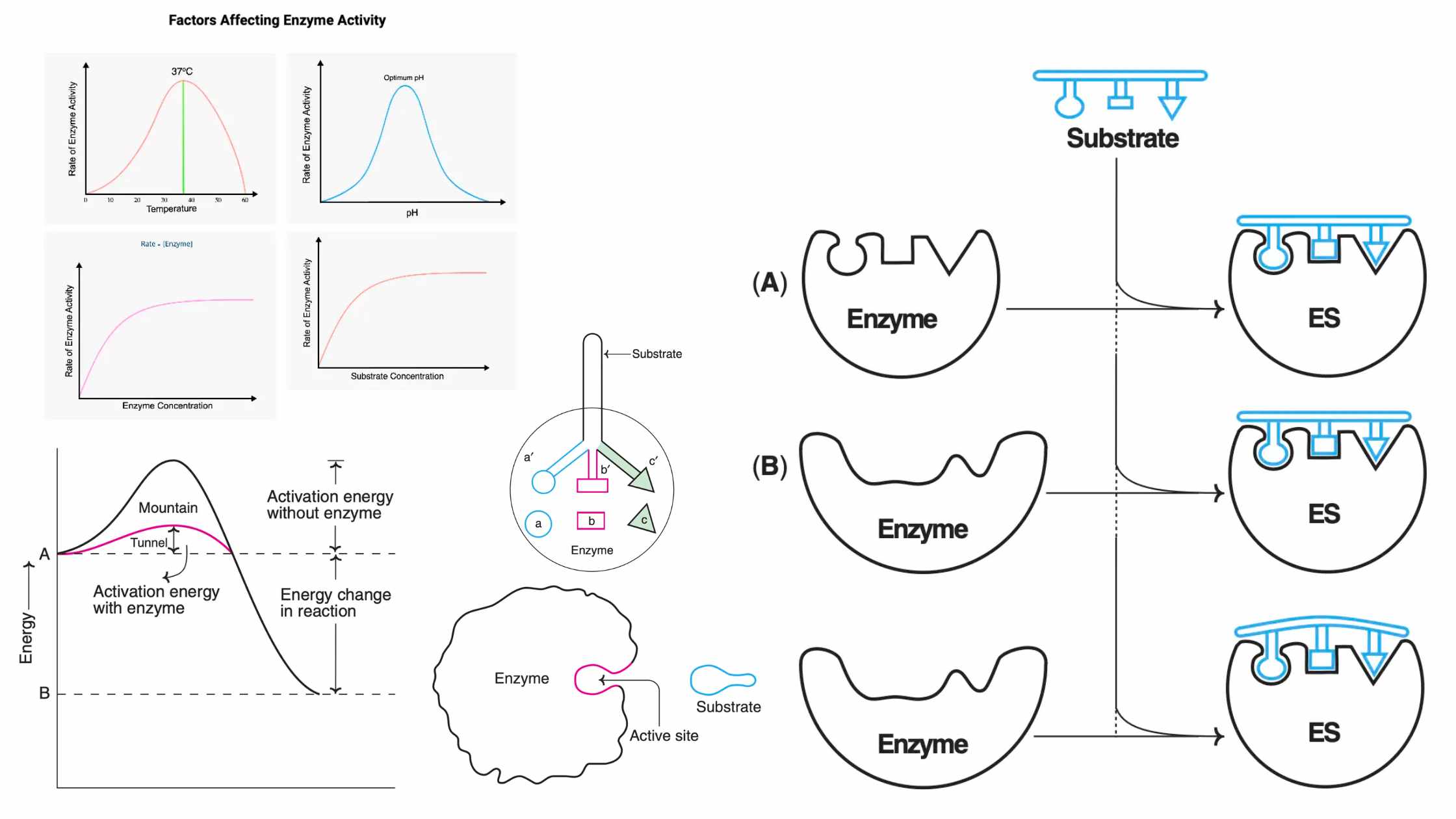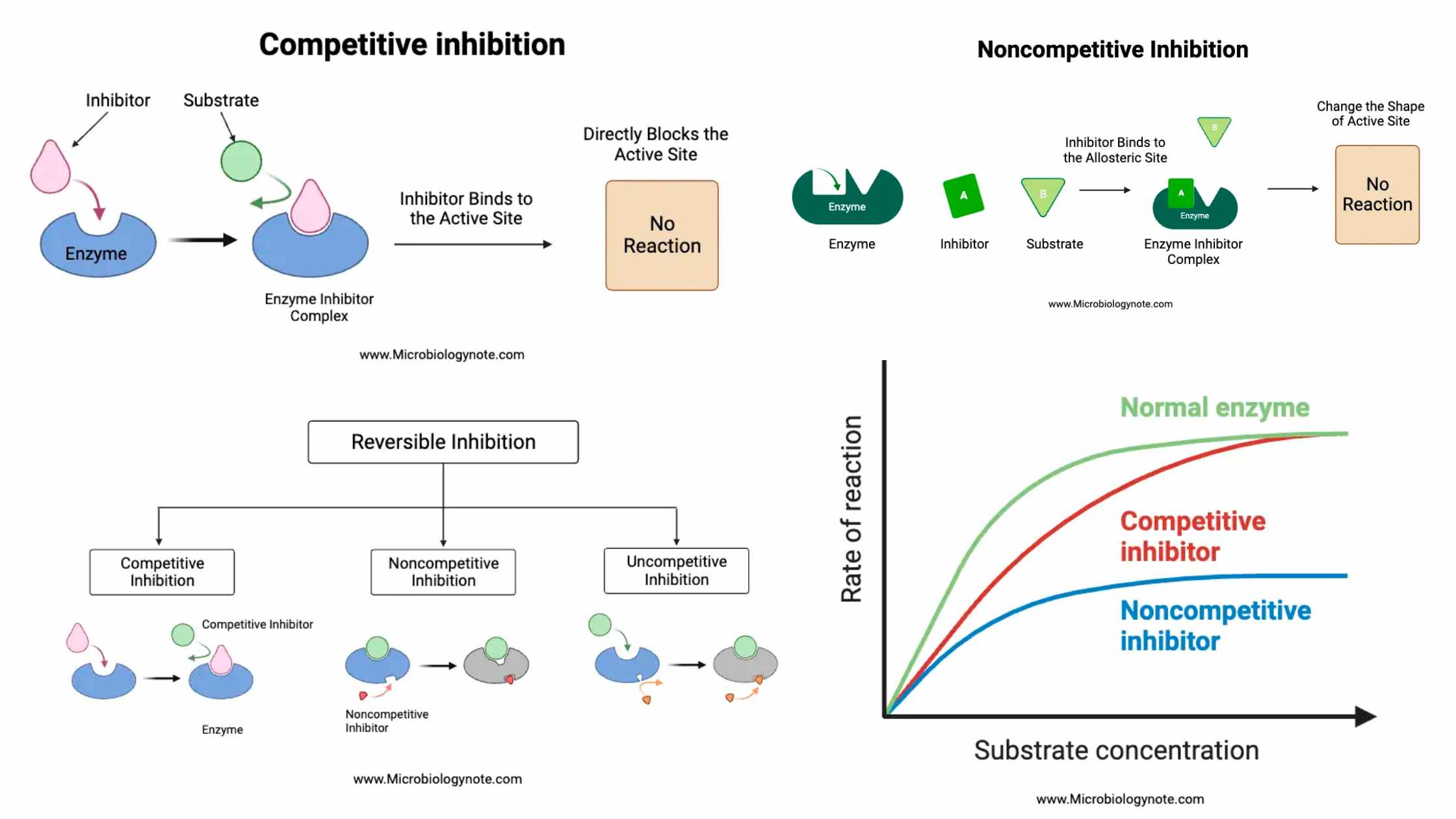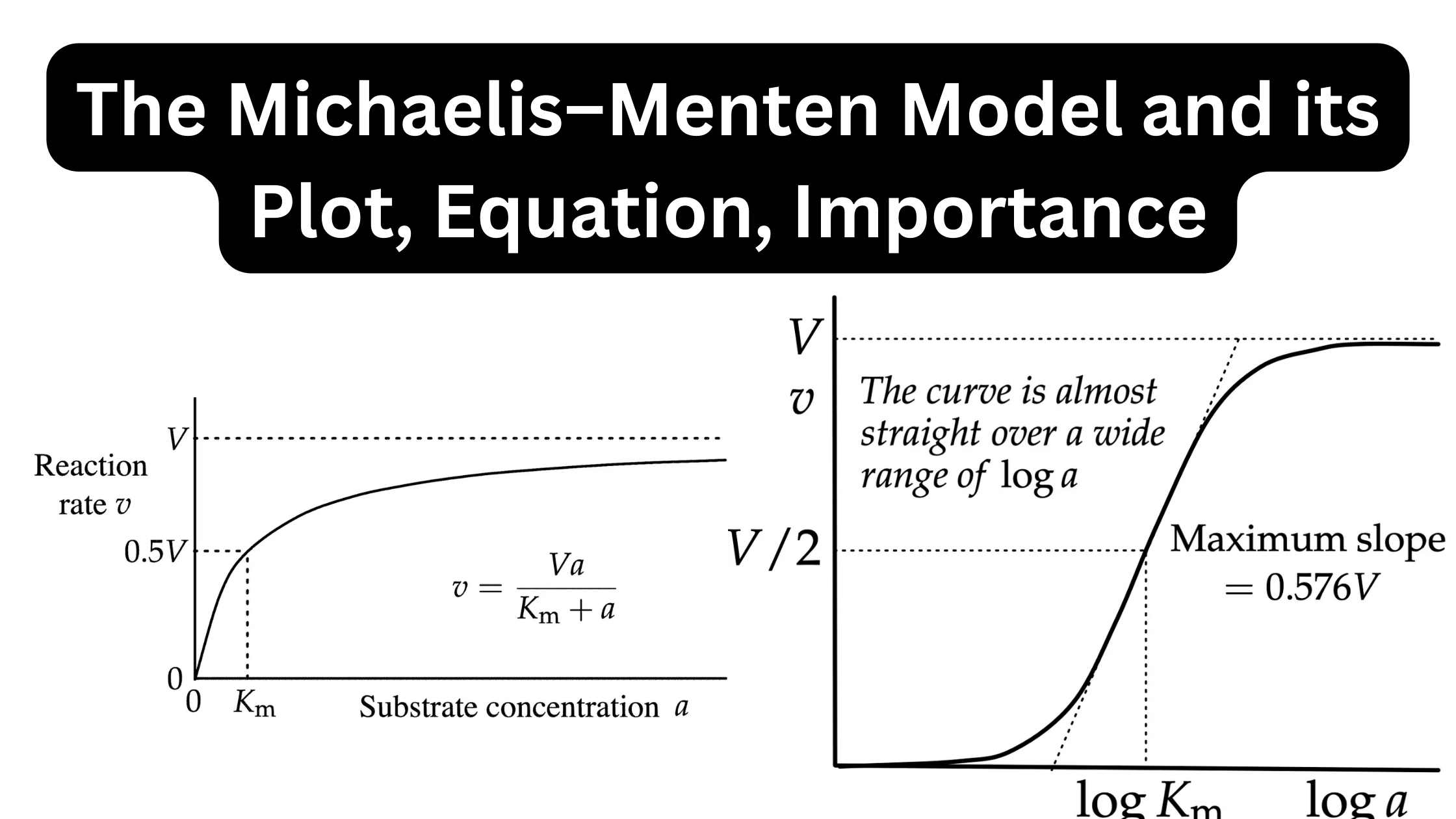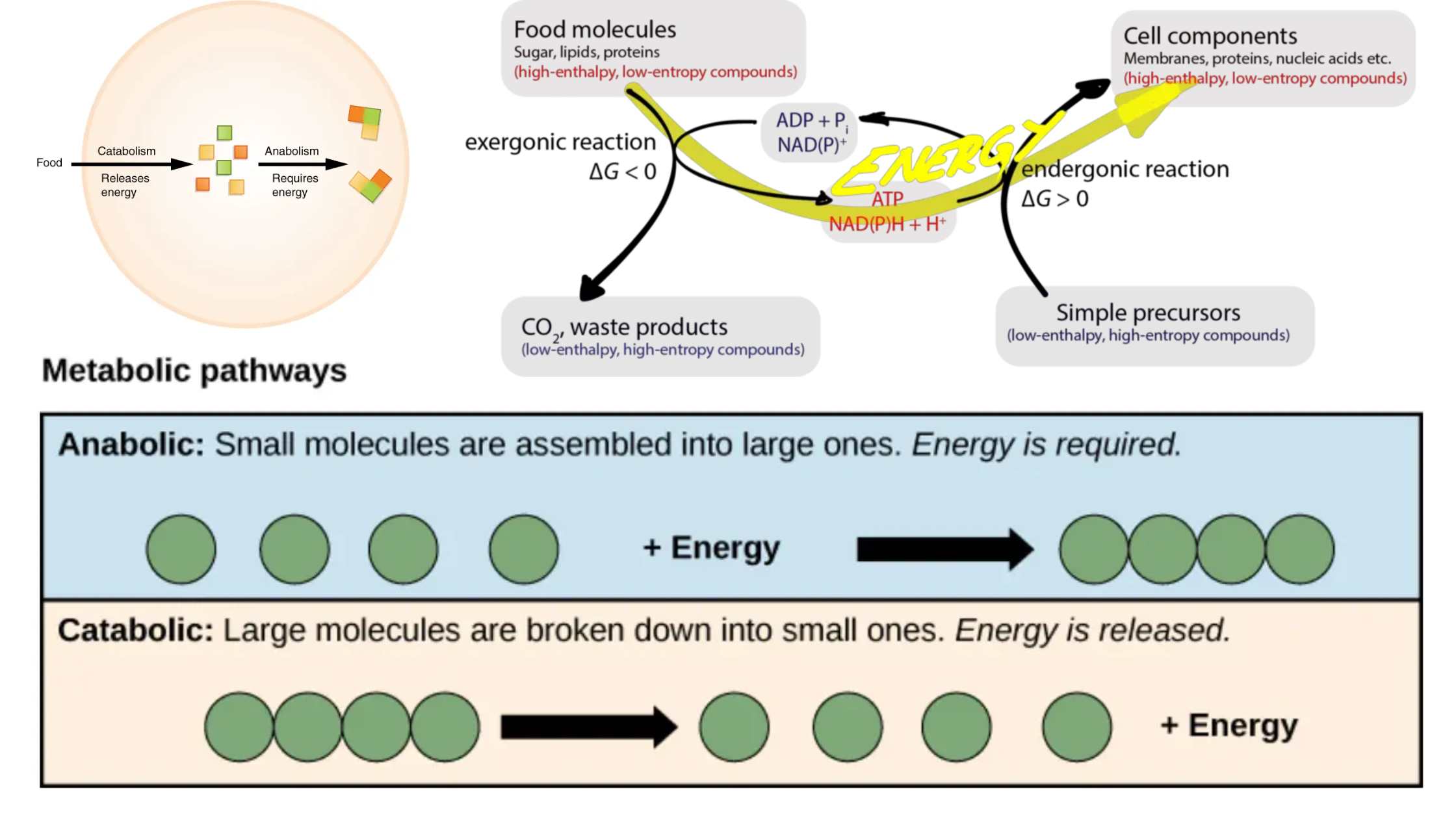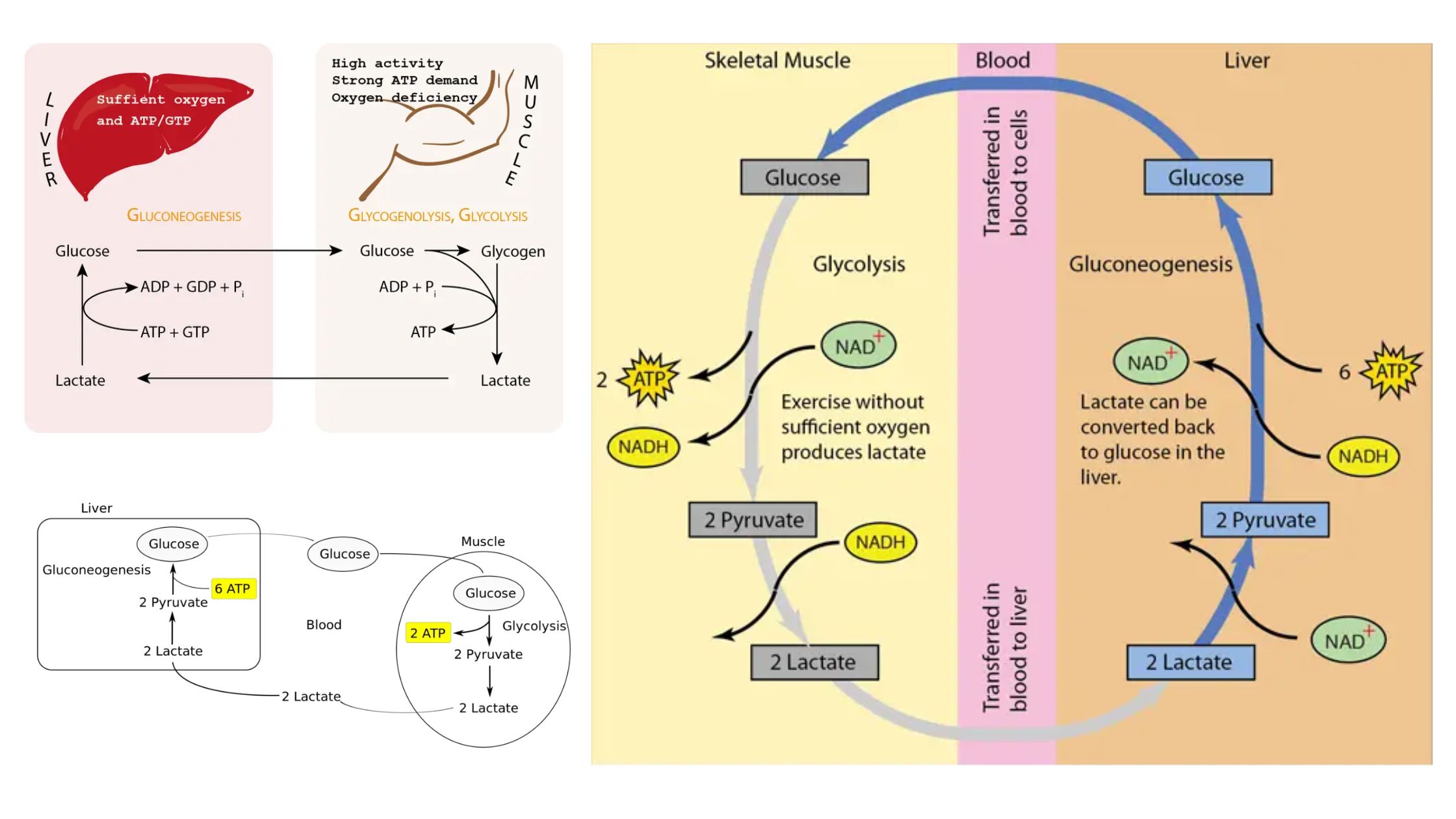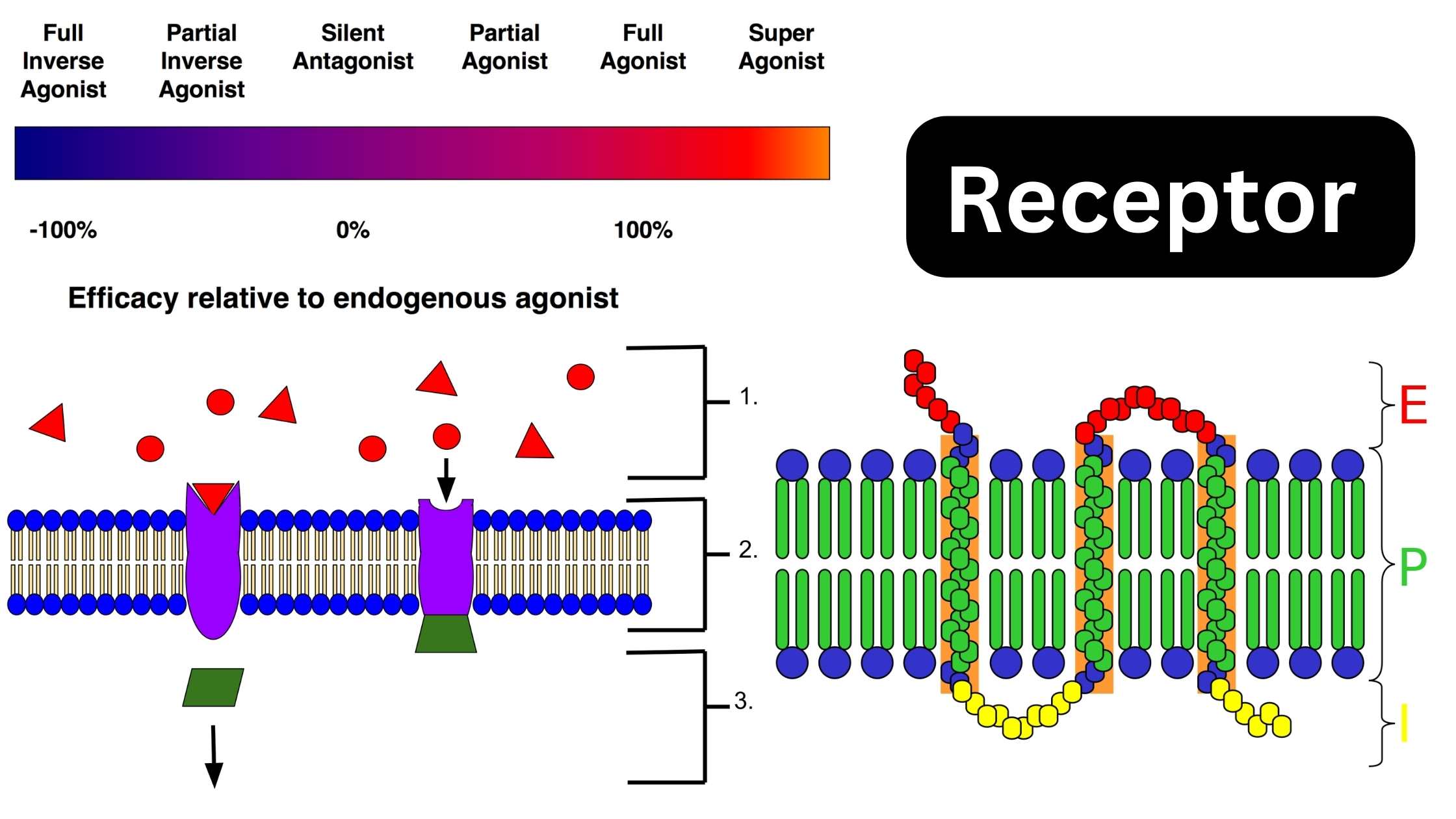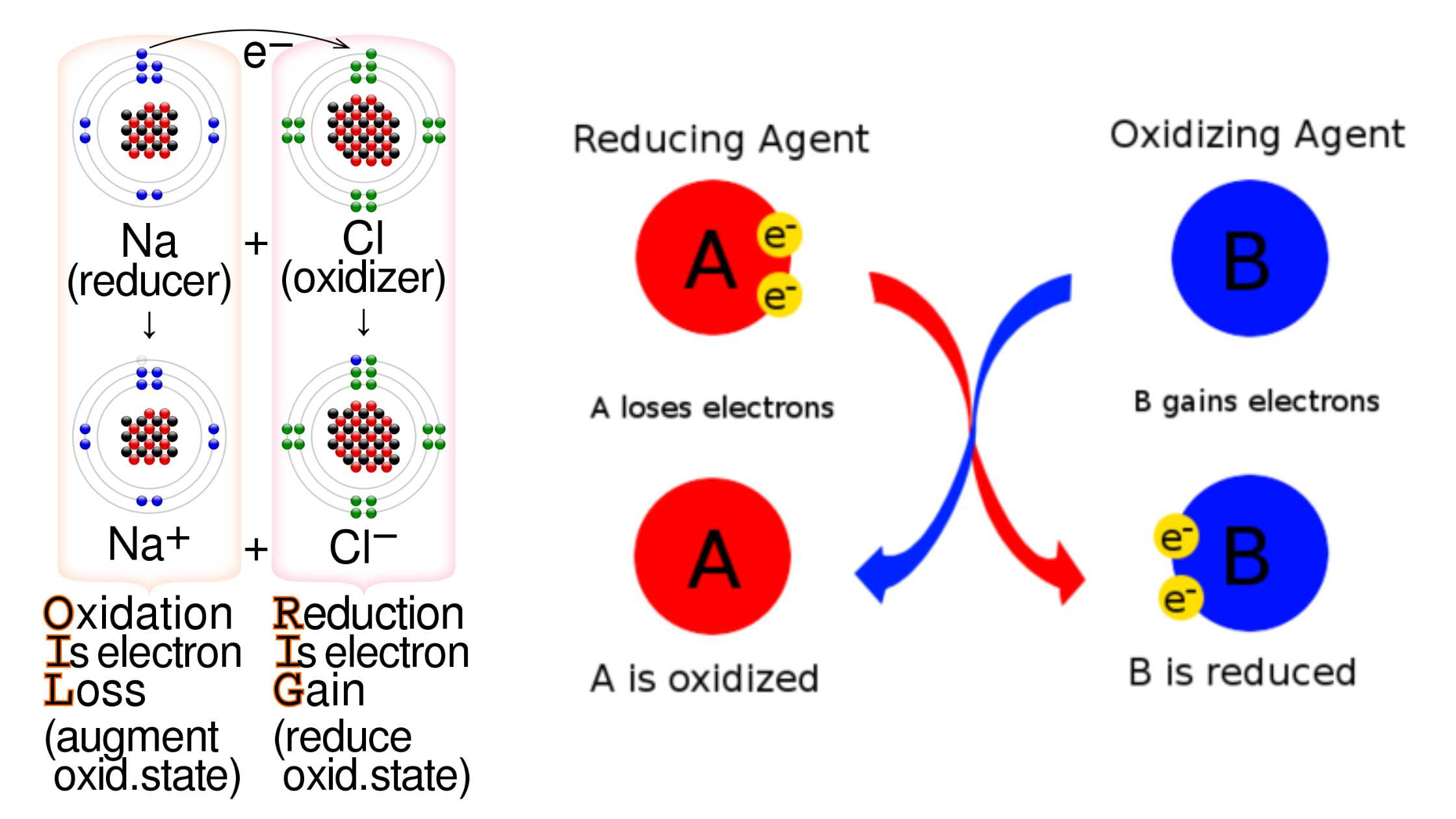Macronutrients – Definition, Importance, Examples
What are Macronutrients? The human organism is a complex system that relies on specific nutritional elements to ensure its proper functioning, growth, and maintenance. Within the realm of nutrition, there are two primary categories of nutrients that the body necessitates: macronutrients and micronutrients. This discourse will focus on the former, elucidating its significance, types, and … Read more
